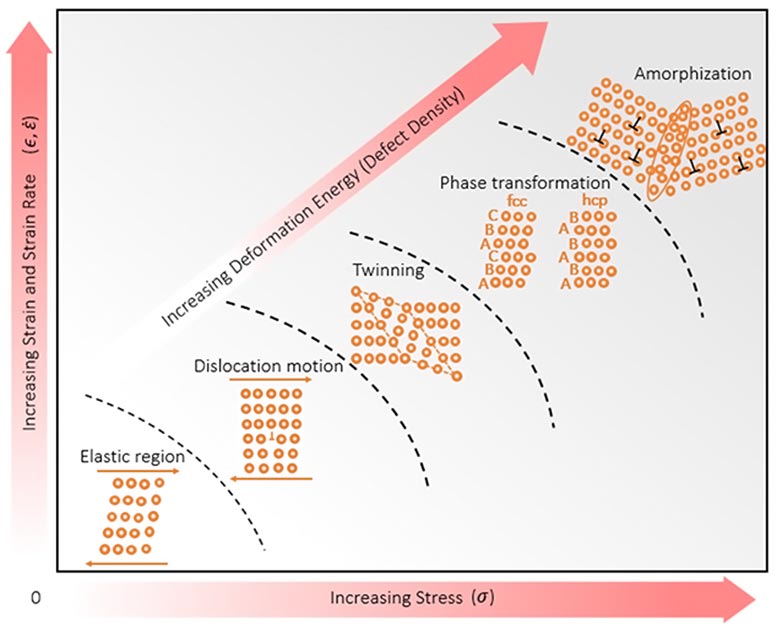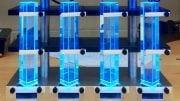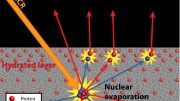
Proposed hierarchical deformation mechanism paradigm for the equiatomic CrCoNi-based HEAs subjected to increasing degrees of deformation. Elastic deformation, dislocation-mediated plasticity, twinning-induced plasticity, TRIP, and finally solid-state amorphization. Triggering the next mechanism requires the generation of additional defects, i.e., dislocations and/or point defects (vacancies). These multiple mechanisms can interact, leading to a synergy of strengthening processes and a resulting highly complex microstructure. Credit: University of California San Diego
These high-entropy allows have applications in transportation, energy and defense.
An international team of researchers produced islands of amorphous, non-crystalline material inside a class of new metal alloys known as high-entropy alloys.
This discovery opens the door to applications in everything from landing gears, to pipelines, to automobiles. The new materials could make these lighter, safer, and more energy-efficient.
The team, which includes researchers from the University of California San Diego and Berkeley, as well as Carnegie Mellon University and University of Oxford, details their findings in the January 29, 2021 issue of Science Advances.
“These present a bright potential for increased strength and toughness since metallic glasses (amorphous metals) have a strength that is vastly superior to that of crystalline metals and alloys,” said Marc Meyers, a professor in the Department of Mechanical and Aerospace Engineering at UC San Diego, and the paper’s corresponding author.
Using transmission electron microscopy, which can identify the arrangement of atoms, the researchers concluded that this amorphization is triggered by extreme deformation at high velocities. It is a new deformation mechanism that can increase the strength and toughness of these high entropy alloys even further.
The research is based on seminal work by Brian Cantor at the University of Oxford, and Jien-Wei Yeh at National Tsing Hua University in Taiwan. In 2004, both researchers led teams that reported the discovery of high-entropy alloys. This triggered a global search for new materials in the same class, driven by numerous potential applications in the transportation, energy, and defense industries.
“Significant new developments and discoveries in metal alloys are quite rare,” Meyers said.
Reference: “Amorphization in extreme deformation of the CrMnFeCoNi high-entropy alloy” by Shiteng Zhao, Zezhou Li, Chaoyi Zhu, Wen Yang, Zhouran Zhang, David E. J. Armstrong, Patrick S. Grant, Robert O. Ritchie and Marc A. Meyers, 29 January 2021, Science Advances.
DOI: 10.1126/sciadv.abb3108









“These high-entropy allows …”
I presume that what was meant was “alloys,” not “allows.” One needs to spell check the spell checker!